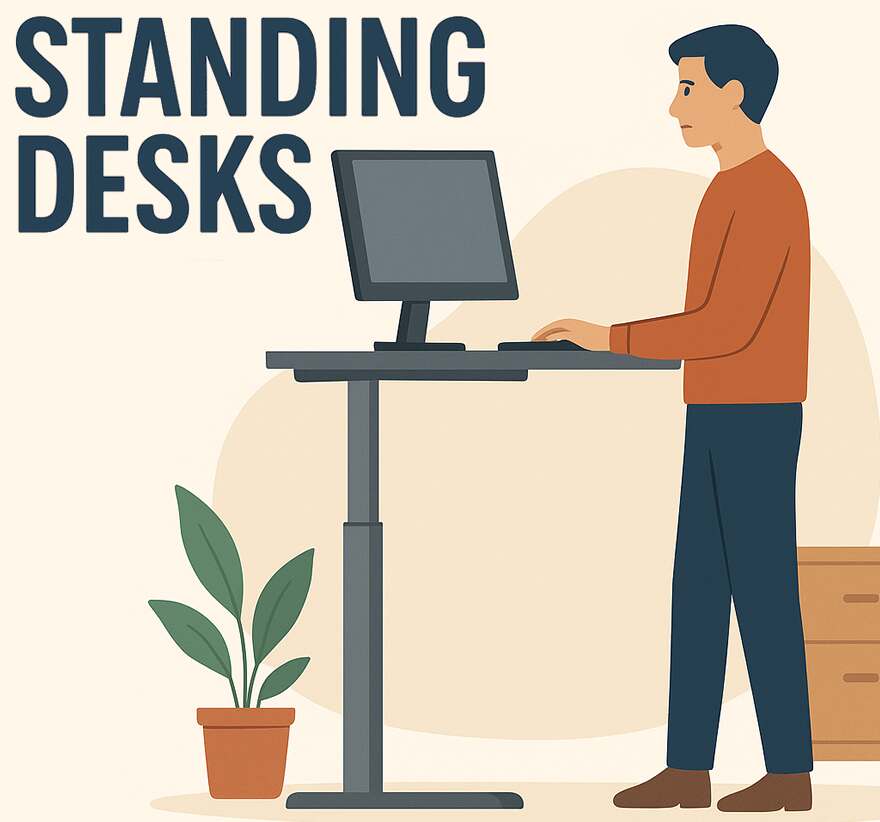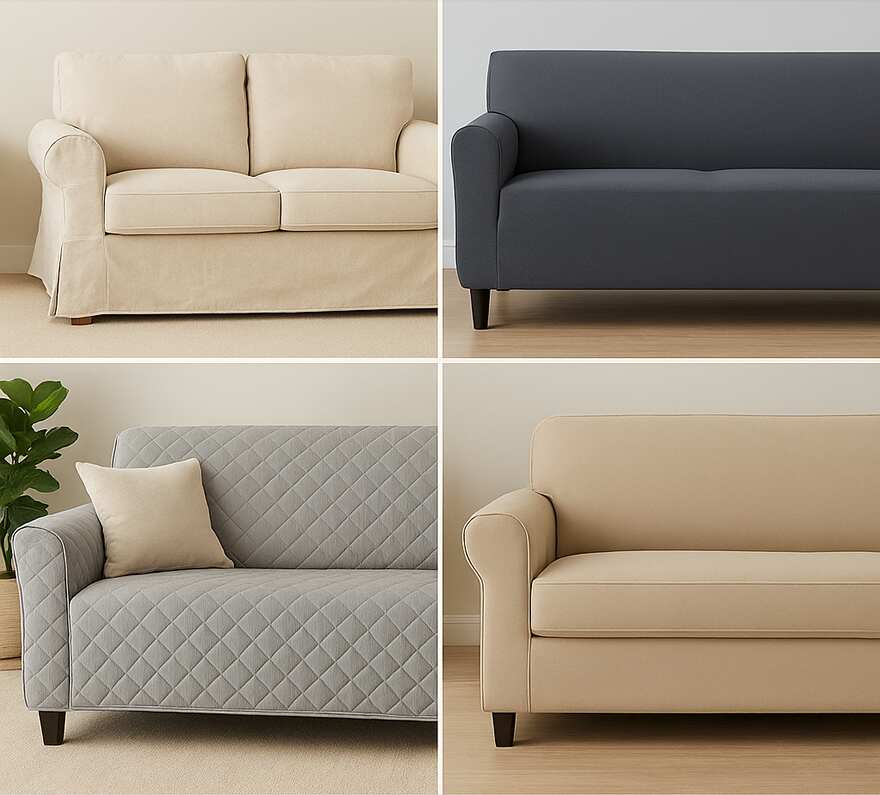Ultimate Guide to Standing Desks
You’ve seen them in offices, on Instagram, and probably in your neighbor’s home workspace: standing desks. They promise better posture, fewer aches, and a little pep in your step. This guide strips away the marketing buzz and gives you usable, honest advice: what to look for, how to set one up, and how to make standing work for real life, not just for a week of virtue signaling.

Why people choose a standing desk
Beyond the trendy appeal, standing desks address two common problems: prolonged sitting and poor monitor posture. Swapping some sitting for standing can reduce back stiffness, increase alertness, and break the monotony of long computer sessions. The actual benefits vary by person, but the truth is simple: movement beats immobility.
Types of standing desks (quick primer)
- Electric standing desk: Motorized lift, smooth height adjustments, often programmable. Great for frequent transitions.
- Manual crank or pneumatic: Less expensive, reliable, but changing height takes extra effort.
- Standing desk converter: Sits on top of an existing desk; lifts your monitor and keyboard. Affordable and convenient.
- Fixed-height standing table: For people who prefer to only stand, minimal fuss; no adjustments.
- L-shaped / corner standing desk: Maximizes surface area for multiple monitors or creative clutter.
- Small standing desk: Compact choices for tiny apartments or laptop setups.
Each has pros and cons. Electric desks tend to be more expensive; converters are cheaper but can be less stable. Choose based on space, budget, and how often you’ll change positions.
Choosing the right desk: features that matter
Look for these real world attributes rather than marketing bravado:
- Stable frame: No wobble when you type. Stability beats glossy finishes.
- Height range: Make sure it suits your height. A height adjustable desk should put your elbows roughly at 90 degrees when typing.
- Weight capacity: If you have dual monitors, printers, and a speaker, check the specs.
- Programmable memory: Saves preferred sitting and standing heights; convenient for shared desks.
- Cable management and surface: Keeps things tidy and prevents tangles when the desk moves.
- Warranty and customer service: Lifespan and support matter more than a low price.
You’ll see brands like IKEA, Fully Jarvis, Varidesk, Flexispot, and Autonomous everywhere; all can be good, but check reviews for stability and service.
Ergonomics: how to set it up properly
A standing desk is only as good as your setup. Follow this simple checklist:
- Monitor height: Top of screen at or just below eye level, about an arm’s length away.
- Keyboard and mouse: At elbow height; wrists straight, forearms parallel to the floor.
- Laptop stand for desk: If you use a laptop, elevate it and use an external keyboard and mouse.
- Footwear and mat: Wear supportive shoes, and consider an anti fatigue mat to reduce leg strain.
- Screen tilt and glare: Adjust to prevent neck craning and eye fatigue.
- Chair nearby: Keep a chair so you can sit when needed; standing all day is not the goal.
Quick tip: Your elbows should form about a 90 degree angle when typing. If you have to reach up or hunch forward, lower the desk or raise the monitor.
Transition strategy: make standing sustainable
Jumping into eight hours standing is a rookie move. Instead, build a habit:
- Start with 15-20 minutes every hour, then increase gradually.
- Aim for a mix: many experts suggest alternating every 30-60 minutes, but experiment to find what feels best.
- Use timers or desk memory presets to remind you to switch.
- Walk during phone calls or do light stretches between tasks.
The secret is small increments and consistency. Little bursts of standing and movement will beat one heroic, unsustainable day.
Accessories worth the money
A few inexpensive extras transform a desk from novelty to daily companion:
- Anti fatigue mat: Reduces leg soreness during longer standing periods.
- Monitor arm: Saves desk space and gives precise monitor adjustment.
- Cable management tray: Keeps cords neat and safe when the desk moves.
- Under desk drawer: If you want a clean look, choose a standing desk with drawers or add a mobile pedestal.
- External keyboard and mouse: Essential if you use a laptop stand.
If you’re short on space, a standing desk with drawers or a corner standing desk can solve both storage and ergonomics.
Buying on a budget vs. splurging
Low cost options like converters or basic manual desks are solid if you’re cautious or renting. Electric standing desks cost more but usually offer convenience and longevity. If you plan to use it daily, an investment in a sturdy electric desk often pays off in reliability and comfort.
Retailers range from big box stores like Costco and Amazon to specialized brands; IKEA offers practical, budget friendly models. Read reviews for wobble, motor noise, and assembly hassles.
Common pitfalls and how to avoid them
- Wobble city: If a desk shakes, things break and concentration suffers. Prioritize stability.
- Wrong height: Measure before buying, or pick adjustable models with a wide range.
- Sitting less, moving less: Standing is not the same as moving. Walk and stretch.
- Ignoring footwear: Flip flops and high heels are a poor match for standing work.
- Over optimizing for looks: A chic surface matters less than a comfortable, functional arrangement.
Final thoughts
A standing desk is a tool, not a cure all. When chosen smartly and set up with attention to ergonomics, it can reduce discomfort, increase energy, and add flexibility to your workday. Whether you choose an electric sit stand desk, a compact laptop stand for desk use, or a sturdy standing table, the goal remains the same: more movement, fewer aches, and a workspace that serves you instead of the other way around.
Experiment, adjust, and listen to your body. Over weeks, you’ll discover a rhythm that fits your workflow. Make small changes, and those small changes compound into something pleasantly transformative. #standingdesk #sitstand #ergonomics
